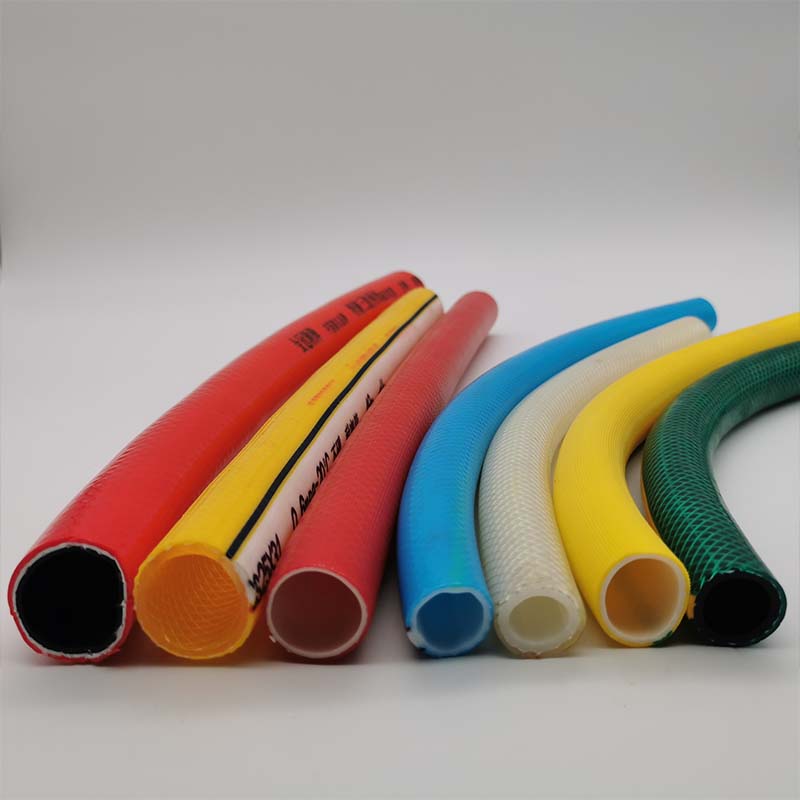LPG Vapor Hose Specifications and Safety Guidelines for Optimal Performance
The Importance of LPG Vapor Hoses in the Fuel Industry
Liquefied Petroleum Gas (LPG) is a crucial energy source utilized in various applications, including heating, cooking, and vehicles. Due to its versatility, the demand for LPG continues to rise globally. An essential component in the efficient transportation and utilization of LPG is the LPG vapor hose. This article delves into the characteristics, applications, maintenance, and safety considerations surrounding LPG vapor hoses.
Characteristics of LPG Vapor Hoses
LPG vapor hoses are specially designed to handle the gaseous form of liquefied petroleum gas. They are typically constructed from durable materials, such as rubber or thermoplastic, which can withstand the high pressures associated with LPG. One of the key characteristics of these hoses is their ability to maintain flexibility and integrity under extreme weather conditions and varying temperatures. They are often reinforced with synthetic fibers to enhance strength and prevent kinking or collapsing, essential for maintaining a steady flow of gas.
The internal lining of LPG vapor hoses is designed to resist permeation, thus preventing gas leaks. This characteristic is critical, as even minor leaks can lead to significant safety hazards. Additionally, high-quality LPG vapor hoses come equipped with hose fittings that ensure a secure connection to pipelines, valves, and other equipment, thereby enhancing safety and efficiency in gas transfer.
Applications of LPG Vapor Hoses
LPG vapor hoses find themselves in diverse applications. They are primarily used in the transfer of gas from storage tanks to various end-use applications. This includes residential heating systems, commercial cooking equipment, and industrial processes. Moreover, they are vital in the automotive industry, where LPG is used as an alternative fuel for vehicles, significantly reducing emissions compared to traditional fuels.
Furthermore, LPG vapor hoses are essential in recreational settings, such as camping and outdoor cooking. Many campers use portable LPG tanks connected to cooking appliances or heaters, where high-quality vapor hoses ensure safe operation.
Maintenance and Inspection
lpg vapor hose

To ensure safe and efficient operation, regular maintenance and inspection of LPG vapor hoses are imperative. Users should routinely check hoses for signs of wear, such as cracks, blisters, or soft spots. Any visible damage could compromise the hose's structural integrity, leading to leaks or failures. It is advisable to replace hoses that exhibit significant wear or have been in use for an extended period.
Proper installation is equally crucial. Hoses should be routed carefully to avoid sharp bends or excessive pressure points that could weaken the material over time. Additionally, connections should be secured, and leak detection measures should be implemented to identify any potential issues before they escalate.
- Storage and Handling When storing LPG vapor hoses, they should be kept in a cool, dry place away from direct sunlight and heat sources. This prevents degradation of the material over time. Proper handling during installation and service is also vital to avoid unintentional damage.
Safety Considerations
Safety is paramount when dealing with LPG, given its flammable nature. LPG vapor hoses must meet stringent safety standards to minimize risks. Users should only procure hoses from reputable manufacturers that comply with industry regulations.
Additionally, knowledge of emergency procedures is critical. In the event of a gas leak, personnel should be trained to recognize the signs, such as the distinctive odor associated with LPG. Evacuation procedures should be established, and appropriate extinguishing agents (not water) kept on hand in case of a fire.
Conclusion
LPG vapor hoses play a pivotal role in the modern energy landscape, facilitating the safe and efficient use of LPG across various applications. Their design, durability, and flexible performance make them indispensable in residential, commercial, and industrial settings. By understanding their importance, maintaining them, and adhering to safety practices, we can harness the benefits of LPG while ensuring the safety of users and the environment.
-
Top Quality Oxy Acetylene Hoses for Sale Fit for Welding DemandsNewsJul.28,2025
-
The Future of Pneumatic Air Tubes in IndustryNewsJul.28,2025
-
Superior and Reliable LPG Hose Pipe Solutions for Every NeedNewsJul.28,2025
-
Exceptionally Durable and Versatile Premium Braided PVC TubingNewsJul.28,2025
-
Best Adapters for Connecting Garden Hose to PVC Pipe ConnectionsNewsJul.28,2025
-
The Essential Role of LPG Hoses in Safe and Efficient Gas DistributionNewsJul.16,2025














